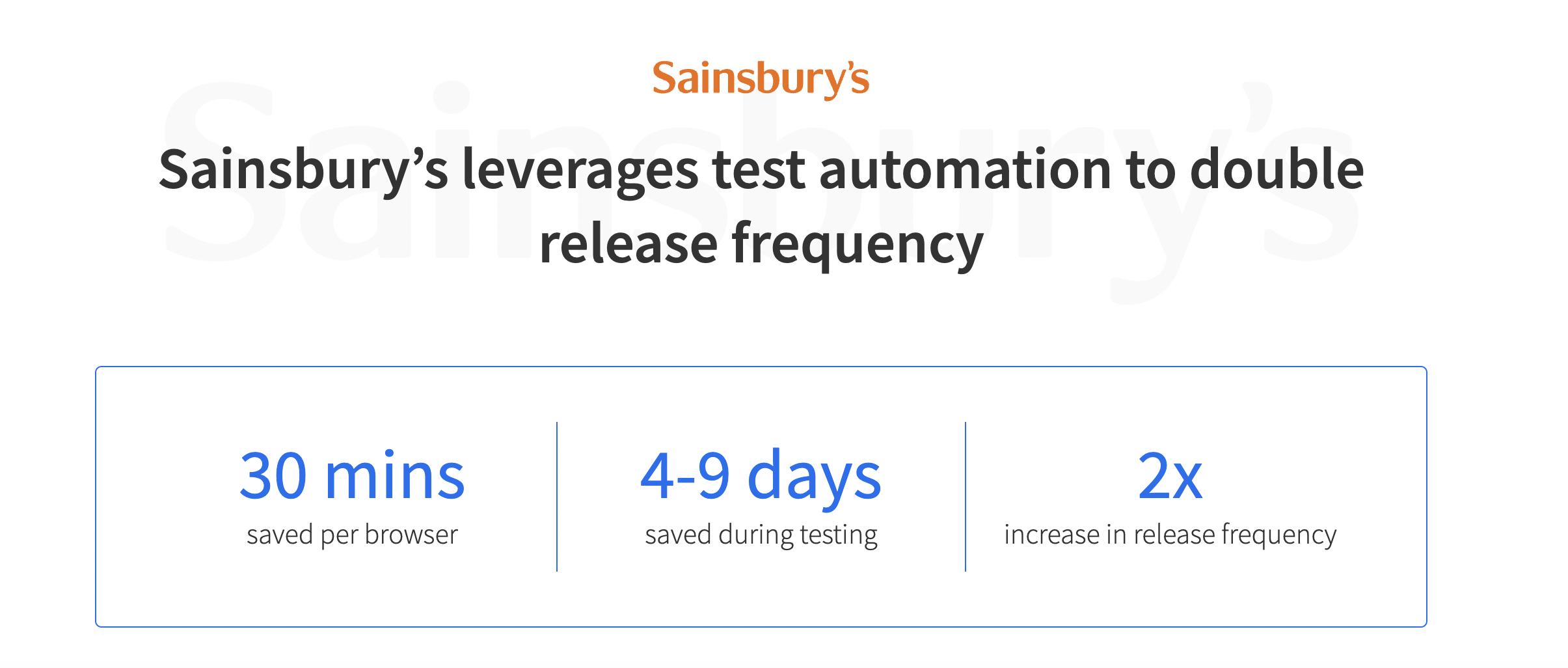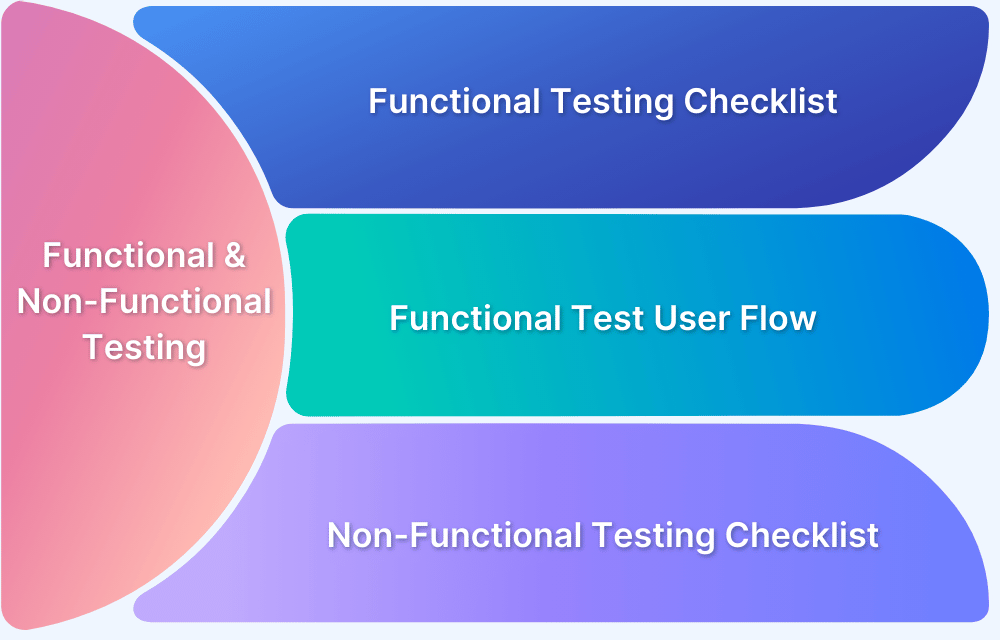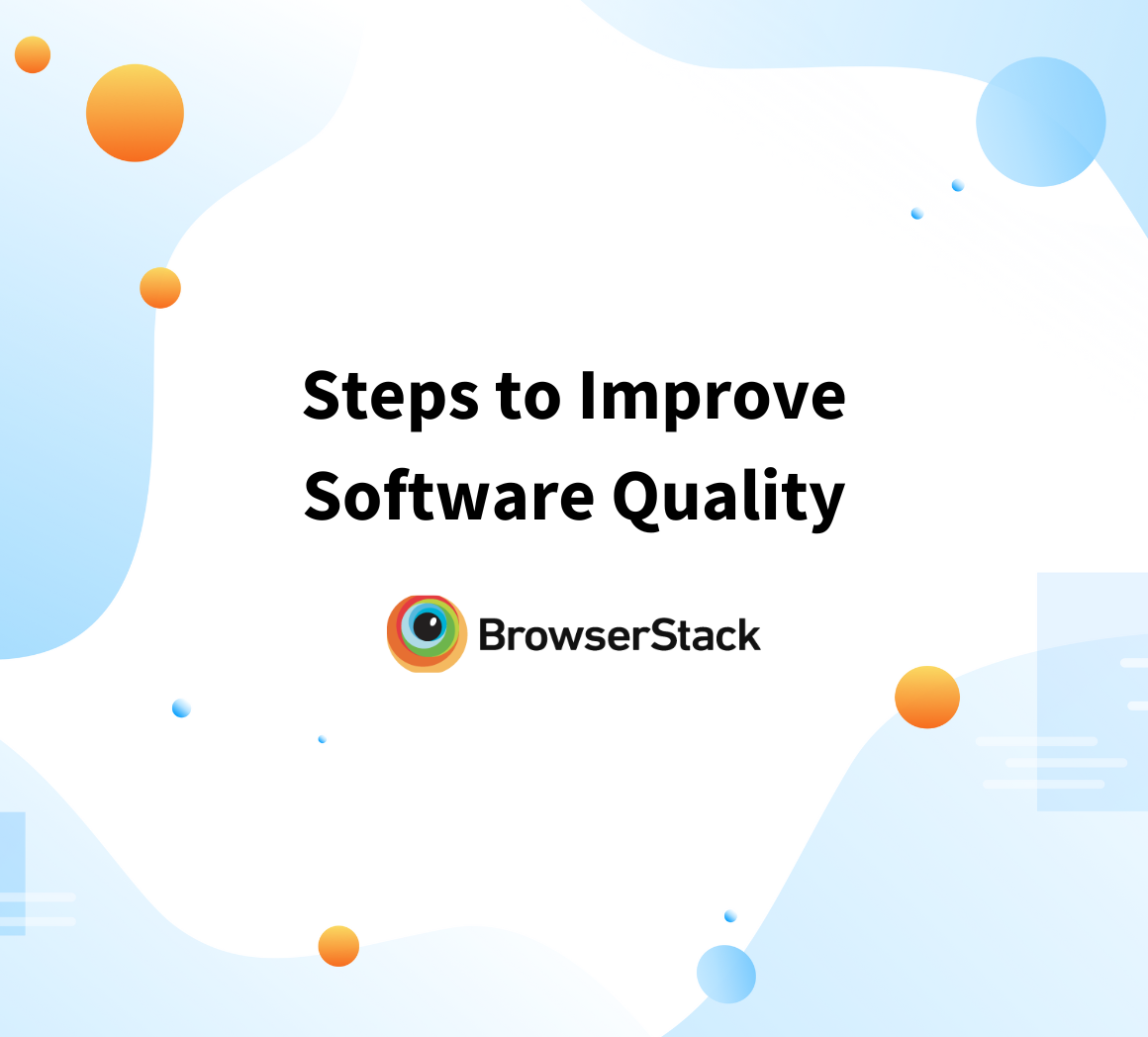Maintainability Testing – Importance, How to and Best Practices
By Sakshi Pandey, Community Contributor - November 19, 2024
Maintainability testing is key to building software that’s not only functional but also resilient over time. By assessing how easy it is to update, fix, and enhance your application, maintainability testing helps reduce long-term costs, streamline future development, and ensure your software can evolve with changing needs.
This article dives into the purpose, process, and benefits of maintainability testing and why it’s essential for sustainable software development.
What is Maintainability Testing?
Maintainability testing checks how easy it is to update, fix, and improve software over time, making sure it is built to last, scalable, and cost-efficient.
Software maintenance enhances the software’s capabilities to include new features that clients want, modifying code to avert problems in the future, fixing defects or bugs in the code, and ensuring that no security flaws are present. Additionally, software maintenance also increases adaptability and effectiveness and replaces undesirable features.
The ability of a developer to keep up with maintenance demands affects the success of the software product. Products that are difficult to maintain quickly fade to obscurity.
The process of software maintenance becomes significantly simpler as maintainability increases. Maintainability testing can assist in making the design of the application more fault tolerant, which in turn means that there will be a greatly reduced need for software maintenance regarding bug fixes; this is only one example to illustrate the need for maintainability testing, many more are illustrated in this guide.
In order to keep customers satisfied and maintain the functionality of the software product carrying out maintainability testing is critical.
Measurement Metrics
Any piece of software can undergo one of four different types of maintenance. These various forms of upkeep each serve particular goals.
- Corrective maintenance: No matter how extensively tested they are, software products might nevertheless have flaws that manifest without much warning. The amount of time required to locate these errors, and subsequently fix them can be a measure of how maintainable a piece of software is.
- Perfective maintenance: This type of maintenance concentrates on optimizing the software through improvements. The amount of work required to make these enhancements can be used to gauge how maintainable a software product is. The amount of time and effort taken to introduce new features to the software can be taken and compared against a predefined baseline or perhaps other previously completed projects in order to get an accurate assessment.
- Adaptive maintenance: In addition to modifications resulting from enhancements, software products frequently require changes as a result of OS updates or updates in other software that the program depends on. Adaptive maintenance consists of adjustments made to keep a software product compatible with evolving environments – such as constantly changing hardware and operating systems. The time and effort required to introduce these changes for better compatibility can be yet another metric to measure how maintainable the software is.
- Preventative maintenance: This is maintenance performed on the software in an attempt to reduce the potential maintenance that may need to be performed in the future.
These changes would be made to the software in an effort to preemptively tackle future issues and in order to make the software more tolerant to problems that may come up down the line.
How to Measure the Maintainability of an Application?
There are several attributes to gauge the maintainability of an application. How changeable an application is, and how stable it is while undergoing changes are two possible measurement scales. It can also be measured based on how easy it is to analyze the application in order to locate errors.
ISO is a well-known internationally adhered standard that provides the guidelines for Systems and Software Quality Requirements and Evaluation(SQuaRE). ISO 25010 defines the following features to measure software quality.
Factors Affecting the Maintainability of the Software
Several key factors affect the maintainability of software, each playing a role in how easily the application can be updated, debugged, and scaled over time:
- Functional Suitability: Ensures software functions meet user needs and requirements.
- Code Quality: Clean, well-organized code is easier to read, debug, and update.
- Modularity: Breaking software into independent, reusable parts allows easy updates without affecting the whole system.
- Reliability: Assesses consistent performance and stability over time.
- Modularity: Evaluates if the application is built from distinct, independent modules, minimizing the risk that changes in one part will impact others.
- Reusability: Assesses if existing code can be effectively repurposed, helping reduce costs, boost productivity, and improve quality.
- Security: Measures the software’s ability to protect data and defend against attacks.
- Documentation: Clear documentation, including code comments and user guides, helps developers understand and maintain code faster.
- Dependencies: Keeping dependencies minimal and up-to-date prevents issues with outdated libraries that can complicate maintenance.
- Scalability: Scalable software can grow and adapt without major overhauls, supporting long-term maintenance.
- Testing: Good test coverage catches issues early and makes code changes safer.
- Code Complexity: Simpler code is easier to maintain, while overly complex code leads to bugs and slows down debugging.
- Error Handling and Logging: Effective error handling and logging simplify diagnosing and fixing issues.
- Developer Skills: An experienced, skilled team knows how to build maintainable code from the start.
- Compatibility: Ensures software can operate with other systems in shared environments.
- Interaction Capability: Assesses ease and efficiency of user interaction with the system.
- Refactoring: Regularly updating or cleaning up code prevents technical debt from piling up, keeping the codebase fresh.
How to Carry Out Maintainability Testing?
There is no hard and fast rule to define the process to be followed when implementing maintainability testing. Before and after release, a software application is anticipated to go through a number of updates in order to correct errors, introduce new features, adjust existing functionalities, and alter non-functional software characteristics.
This kind of testing can therefore differ on a case-by-case basis, and the method to implement it can vary as well. However, generally, maintainability testing can be greatly supported and expedited via automated testing tools such as Selenium, or Percy for visual tests.
Maintenance testing can be done using static or dynamic testing approaches. Static testing examines the design documentation and the source code’s organization, structure, complexity, and other characteristics as part of the software development process.
Static Testing
Static testing examines the design documentation and the source code’s organization, structure, complexity, and other characteristics as part of the software development process.
Examples of Static Measures:
- Nesting Depth: Evaluating the depth of control structures like decision statements.
- Cyclomatic Complexity: Measuring the number of linearly independent paths in the code to assess its complexity.
Static analysis and reviews are appropriate methodologies for maintainability testing, and they should begin as soon as the design documents are available and continue throughout the process of building the application.
As it is simpler to identify the causes of problems and rectify them, static testing methodologies can be used early in the software development lifecycle to prevent errors. Maintainability may be assessed early in the software development lifecycle without waiting for a finished and functioning system since it is incorporated into the code and the documentation for each individual code component.
Dynamic Testing
Dynamic software testing is carried out to examine the code’s dynamic characteristics and determine its functionality. It provides valuable information on the application’s behavior when it is in use.
Examples of Dynamic Measures:
- Timing Updates and Fixes: Measuring the time it takes to implement updates or resolve bugs.
- System Stability: Assessing the system’s reliability and performance during and after changes.
The focus of dynamic maintainability testing is on developing documented maintenance processes for particular applications, such as performing changes to or perhaps improvements upon the software.
To confirm that the specified service levels are achievable with the outlined processes, a variety of maintenance situations are employed as test cases.
This type of testing is especially important when the supporting infrastructure is complicated and there may be several departments or organizations involved in the support procedures.
Maintainability Testing Best Practices
- It is necessary to develop a list of maintainability factors to be considered when carrying out maintainability testing, such as the stability of the system or the complexity of the code.
- Ensure that the software adheres to appropriate standards for the database, interface, and development process. For instance, verifying that the software follows good practices such as optimized algorithms and code reusability.
- It’s helpful to create a Maintainability Measure to represent the costs and advantages of maintainability for specific factors. For each component evaluated, a form of weighted score can be assigned, allowing for ranking to determine which areas require the greatest attention. This can aid in creating action plans that prioritize tackling the factors with the highest scores first.
- Make sure that the software is compliant with the five maintainability attributes discussed earlier: Modularity, Reusability, Analyzability, Modifiability, and Testability..
Conclusion
Maintainability testing is key to creating resilient and adaptable software that can grow with your business. By prioritizing factors like reliability, flexibility, and security, you ensure that your software remains robust and easy to maintain over time.
BrowserStack offers a suite of tools for maintainability testing. It provides cross-device and cross browser testing to identify issues early. With BrowserStack, you can streamline testing, improve software quality, and deliver reliable applications that meet changing user needs.




